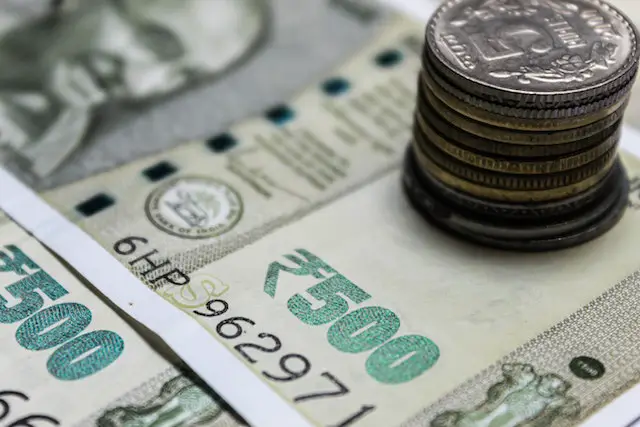Theme:
- As per the ‘World Inequality Report 2022’, India ranks among the most unequal nations in the world in wealth and income inequality.
The present situation in India:
- In India, according to the World Inequality Report 2022, while the top 10% and top 1% hold 57% and 22% of total national income respectively, the bottom 50% share has gone down to 13%. India stands out as a poor and very unequal country with an affluent elite.
- Rich are becoming richer through crony capitalism and inheritance, while the poor are still struggling to earn a minimum wage and access quality education and healthcare services.
Reasons for income inequality in India:
- Unemployment is a major reason for the rise in inequality in the country. The lack of sufficient employment not being created in time is the reason why there is an income gap today between classes.
- Government’s high dependence on indirect taxes. Indirect taxes tend to take a higher percentage of income from those on a low income.
- Decline in the proportion of corporate tax in gross tax revenue receipt of the Union government.
- High cost of education and healthcare services. This results in a high amount of debt taken on by ordinary people, which cripples their growth.

Steps taken by the Indian government:
- The government has increased its expenditure in social sectors, such as education and the health sector, which could help in neutralizing the effect of high indirect taxes.
- Household conditions have improved enormously due to targeted efforts through several social protection schemes, especially in the areas of water availability and sanitation, which has increased the standard of living.
- The government has come up with schemes like Employment Welfare Schemes 2022, Self Employment Training Program, and Pradhan Mantri Rojgar Yojana to increase employment in India.
What more need to be done:
- Even though the government has increased its spending on the health sector to 2.1% of our GDP and intends to increase it to 2.5%, it is still among the lowest in the world, with the global average being 6% of GDP. Decent healthcare will stay a luxury until the government decides to increase its spending further in the health sector.
- India needs to make its manufacturing sector more lucrative to attract foreign investment, which will help to create more manual-intensive jobs.
- Current tax system favours the super-rich. Nobel laureate Abhijit Banerjee suggested that wealth tax needs to be re-introduced in India, for redistribution of resources.
Best practices in other countries:
- Major economies in the world have increased their spending on health and education to make them affordable to ordinary people.
- Countries like Japan and Denmark have implemented progressive tax which is based on the taxpayer’s ability to pay. It imposes a lower tax rate on low-income earners than on those with a higher income.
- Japan, South Korea, Germany, and China focus more on producing a skilled labour force by spending more on vocational training. This makes their labour market more lucrative for both domestic as well as multinational firms.
- To increase the participation of women in the workforce, many countries have strengthened anti-discrimination laws and advocated for policies that protect women from workplace discrimination.
Conclusion:
High inequality shows that the gains from the expanding economy are not being shared equally and that the majority of them are going to a small number of already wealthy individuals. High inequality poses a threat to our nation’s prosperity and development. The government must take immediate action to solve this issue. In the long run, extreme levels of inequality undermine social cohesion and impede development, resulting in a high level of dissatisfaction and resentfulness in society.
Your Turn…
What are your thoughts on this topic? Express your point of view through the comment section below. And subscribe to our blog to read answers to the trending GD topics.
Photo by Ravi Roshan
References:
Copyright @ Group Discussion Ideas.

